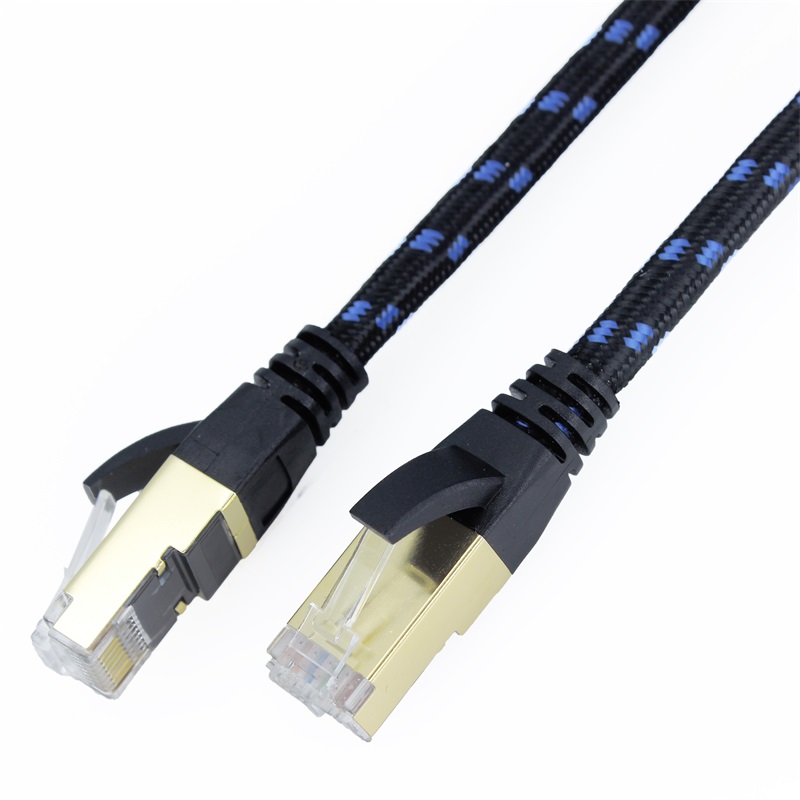Ethernet cables have undergone remarkable advancements since their inception, transforming the digital landscape and enabling the rapid exchange of data across networks. One crucial aspect that defines the efficacy of an Ethernet cable is its transmission speed, which directly impacts its overall performance. In this article, we delve into the intricate relationship between transmission speed and cable performance, exploring how varying speeds affect different applications, the role of cable categories, and the future implications of this dynamic interaction.
Understanding Transmission Speed and Performance
Transmission speed refers to the rate at which data travels through an Ethernet cable, typically measured in megabits per second (Mbps) or gigabits per second (Gbps). Performance, on the other hand, encompasses a broader spectrum of factors, including data integrity, latency, signal quality, and reliability. These two aspects are intrinsically linked, as the transmission speed of an Ethernet cable plays a pivotal role in determining its overall performance in various networking scenarios.
Impact on Different Applications
The relationship between transmission speed and cable performance varies across different networking applications. In scenarios where rapid data transfer is essential, such as large-scale file sharing, video conferencing, and online gaming, higher transmission speeds significantly enhance performance. A cable capable of transmitting data at a higher speed reduces the time required for data packets to traverse the network, leading to reduced latency and smoother, more efficient operations.
Cable Categories and Their Role
Ethernet cables lan are categorized based on their specifications, with each category designed to support different transmission speeds and performance requirements. Categories such as Cat 5e, Cat 6, Cat 6a, Cat 7, and beyond, are designed to handle increasingly higher speeds and offer improved performance characteristics. For instance, Cat 5e cables are suitable for basic networking needs with transmission speeds up to 1 Gbps, while Cat 6 and Cat 6a cables are capable of handling up to 10 Gbps and 10-25 Gbps respectively, making them ideal for more demanding applications.Cat 7 cables, known for their shielding and superior construction, can support transmission speeds of up to 10 Gbps over longer distances while minimizing signal interference. As cable categories advance, the relationship between transmission speed and performance becomes more refined, addressing the evolving requirements of modern networking.

Future Implications
As technology continues to advance and the demand for faster and more efficient data transfer grows, the relationship between transmission speed and Ethernet cable performance gains even greater significance. Emerging technologies such as 5G, IoT, and cloud computing place higher demands on network infrastructure, necessitating cables that can accommodate higher transmission speeds while maintaining exceptional performance. Cable manufacturers are constantly pushing the boundaries to develop innovative solutions that balance speed, performance, and compatibility with existing infrastructure.
The relationship between transmission speed and performance of an Ethernet cable is a fundamental dynamic that underpins the functioning of modern networks. The balance between faster data transfer and reliable performance shapes the effectiveness of Ethernet patch cables across diverse applications, from business operations to entertainment and beyond. As networking requirements continue to evolve, Ethernet cables must adapt to ensure seamless connectivity, minimal latency, and optimal performance. It is this intricate interplay between transmission speed and cable performance that drives innovation, propelling the digital world forward into a future of ever-expanding possibilities.


